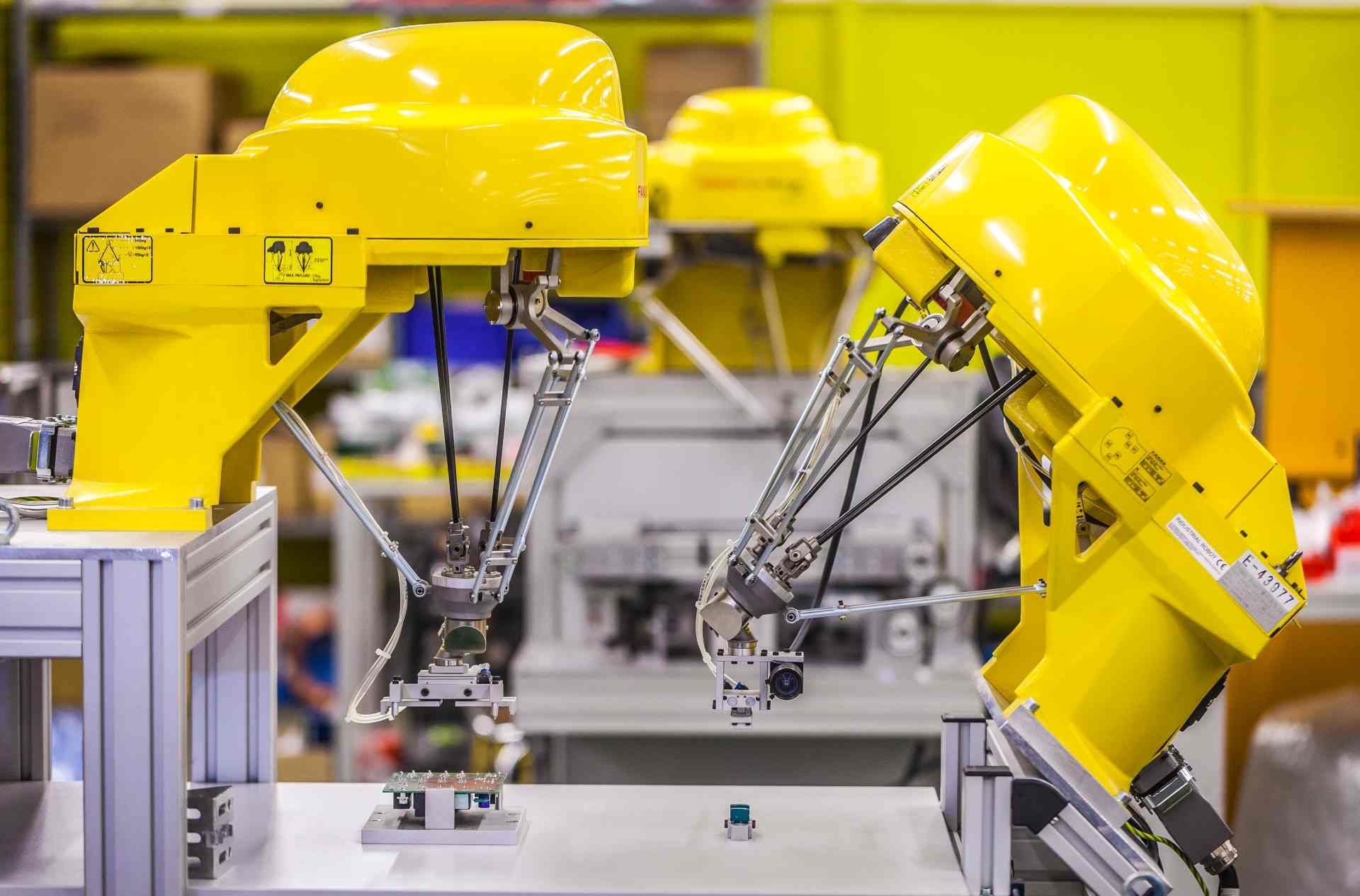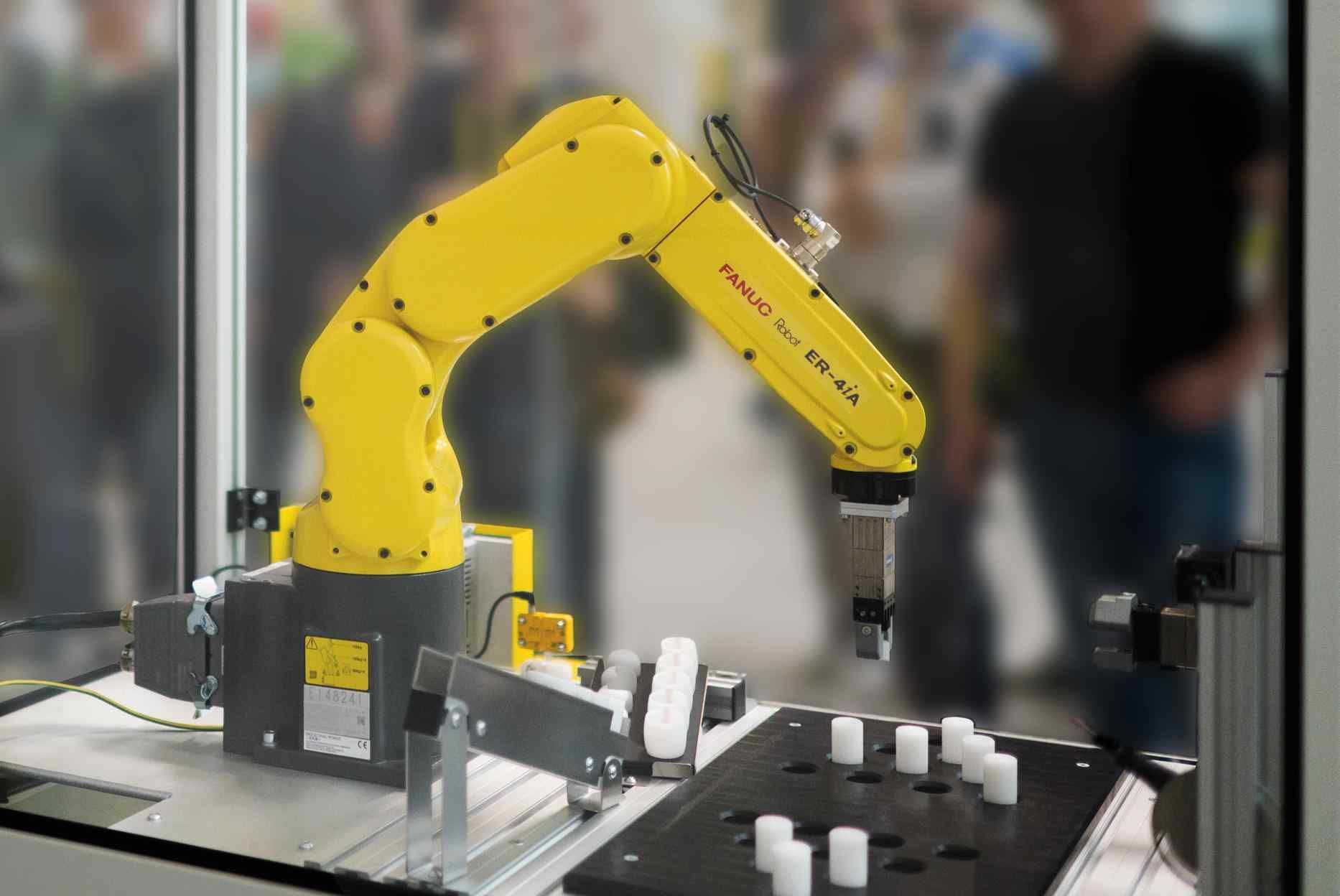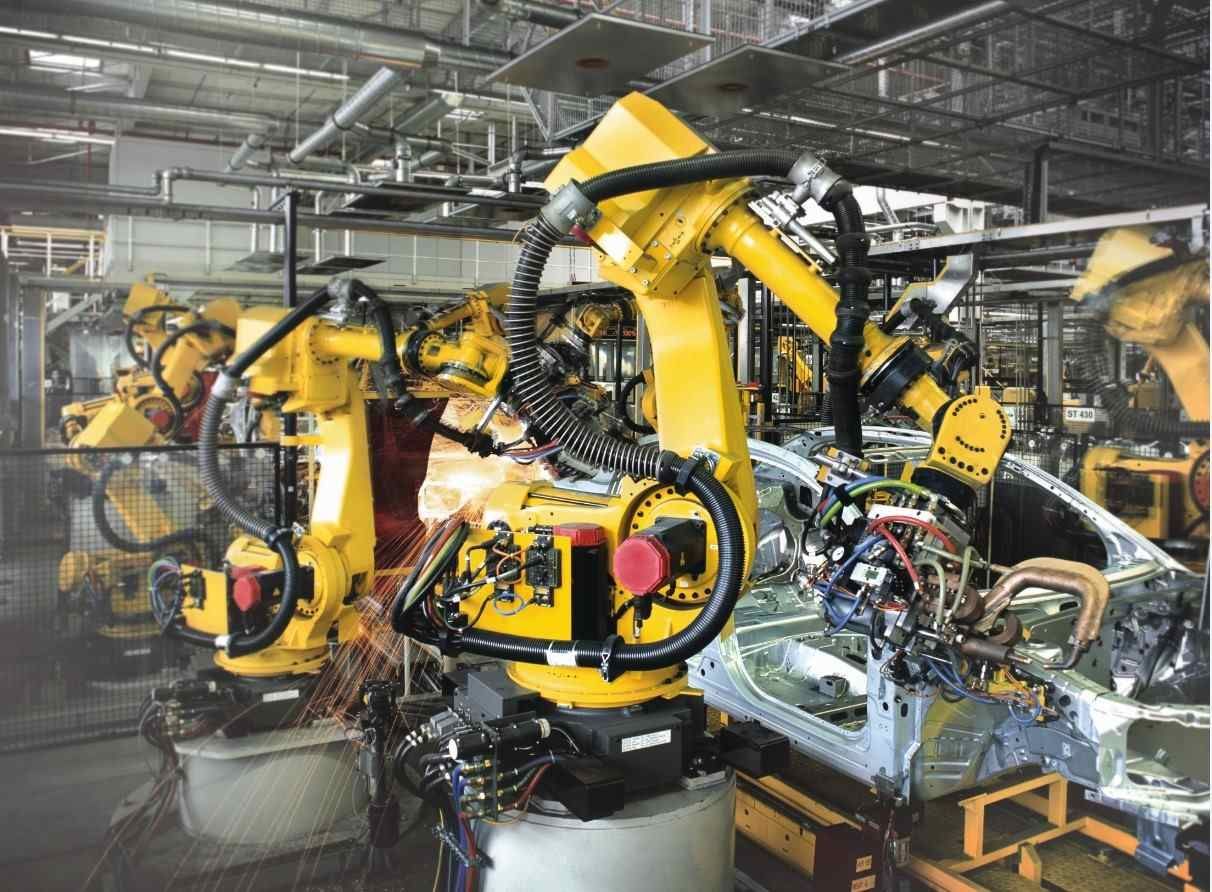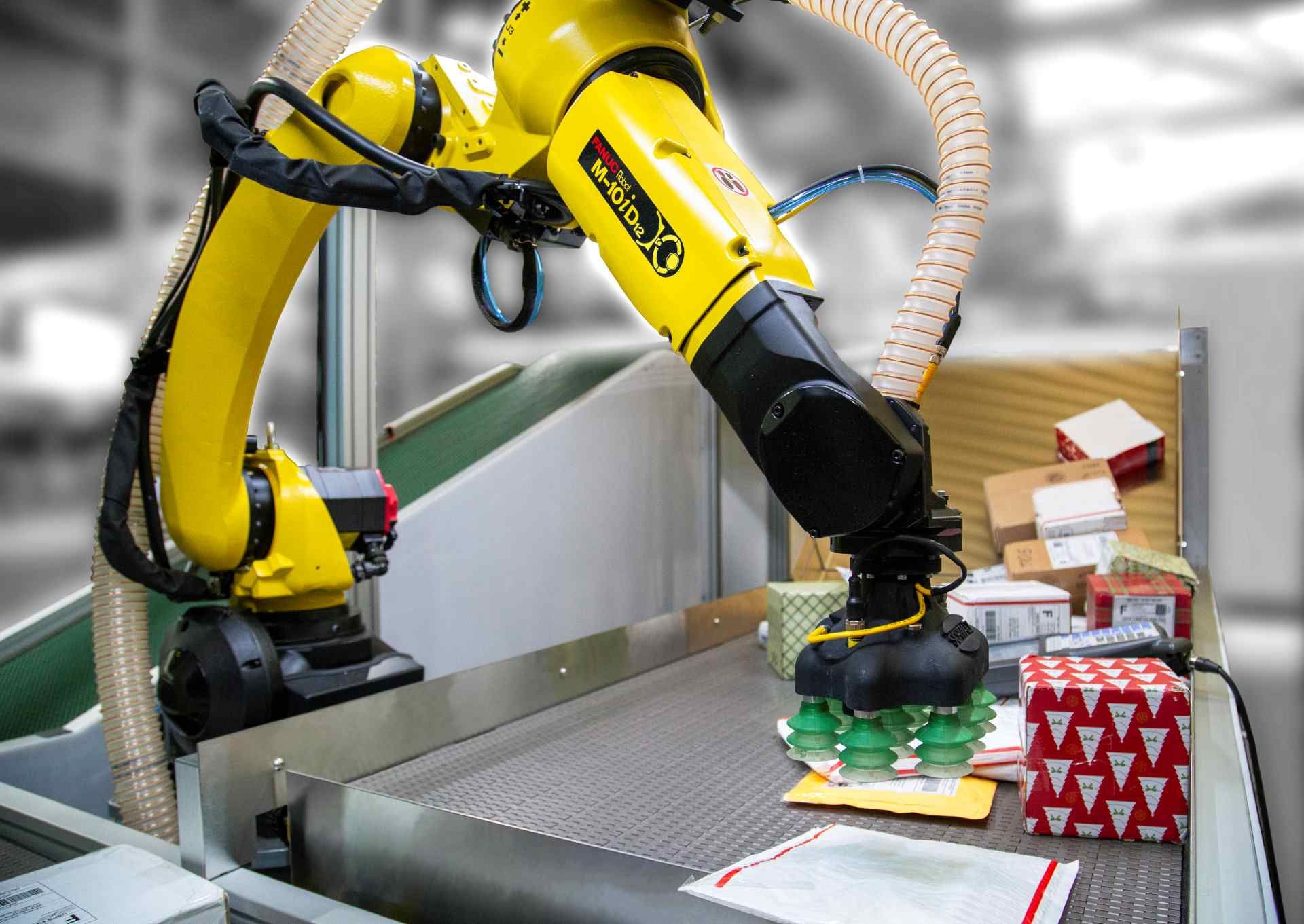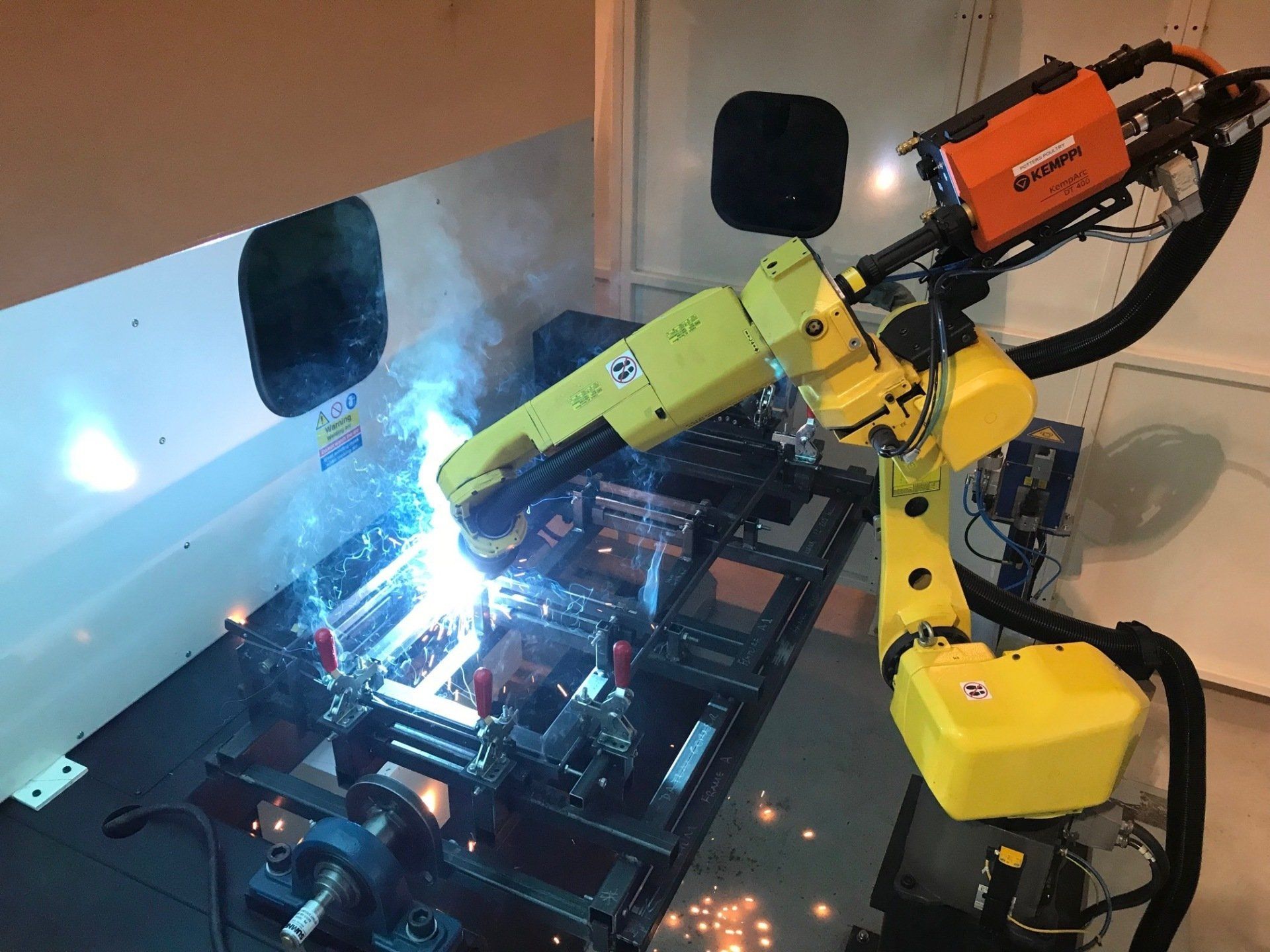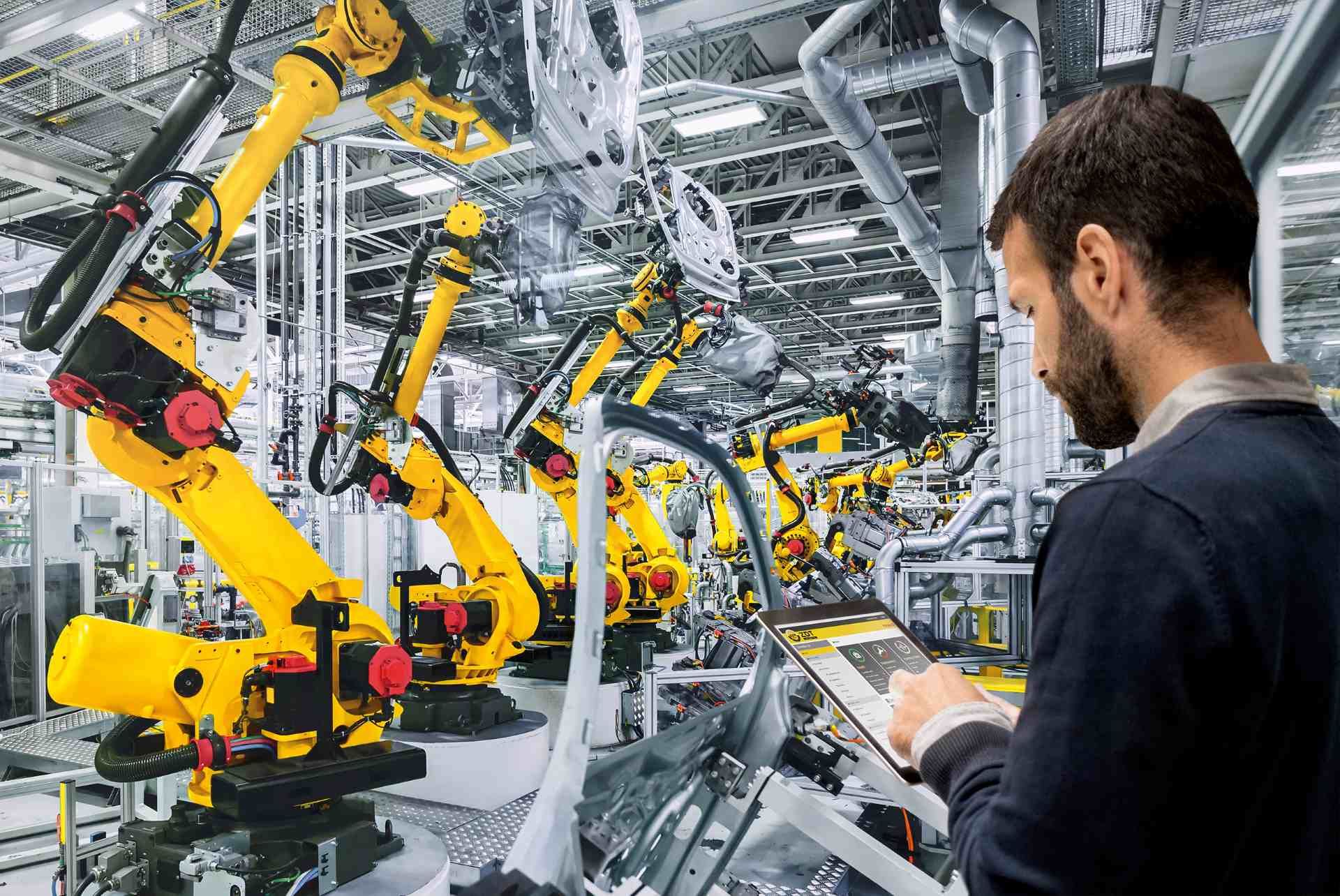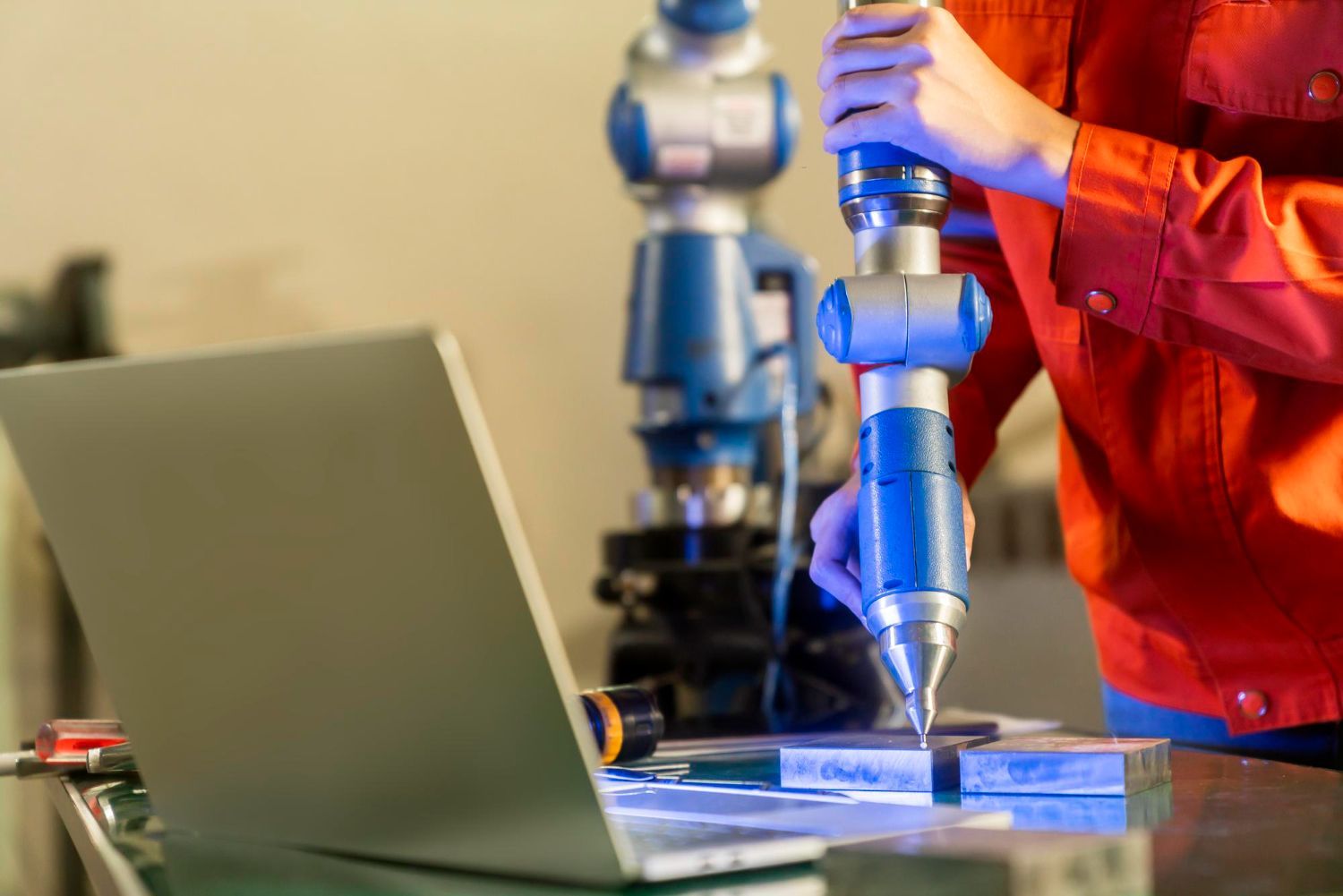Advantages and Disadvantages of Cobots

The integration of automation in welding and fabrication is far from new.
While industrial robots have streamlined high-volume heavy production for decades, small to medium shops are now discovering a new type of robot – the cobot. Unlike their industrial counterparts, cobots are designed to closely work alongside humans, bringing a unique set of advantages to the manufacturing industry.
Cobots, or collaborative robots, are revolutionising how smaller industries, maintenance teams, and custom welding shops operate. But are cobots the right fit for your workshop?
In this article, we’ll examine the unique advantages and disadvantages of cobots for your consideration before adding them to your floor.
How Cobots Differ from Traditional Robots
The biggest differentiating factor is the cobots’ ability to operate in close proximity to human workers without the need for extensive safety barriers. Equipped with advanced sensors that detect human presence, cobots are able to halt operations to prevent accidents.
This collaborative nature allows for a seamless blend of human expertise and robotic efficiency in any industry. First let’s look at some cobot advantages your business can expect when you integrate them into your production line.
Advantages of Implementing Welding Cobots
- Enhanced safety: Cobots can take on hazardous tasks for their human counterparts, reducing the risk of workplace injuries and ensuring a safer environment.
- Increased productivity: A single worker can oversee multiple cobots, significantly boosting output with consistent, high-quality welds
- Addressing labour shortages: With skilled welders in short supply, cobots provide a sustainable solution to maintain productivity levels.
- Quality and consistency: Cobots can deliver precise welds consistently. It minimises the need for rework and enhances overall product quality
Disadvantages of Integrating Cobots
Here are some potential disadvantages of using cobots:
- Upfront costs. Cobots can be expensive for small businesses with limited budgets, even if return on investment is quick. The cost of purchasing, installing, and integrating a cobot may be prohibitive.
- Task suitability. Cobots excel in lighter, repetitive tasks but may not replace the need for traditional robots in handling heavy weldments. Cobots also have limited strength and payload capacities. If you require robots to handle large and heavy items, industrial robots may be a better option.
- Adding cobots can disrupt workflows and require workplace layout redesigns. Without proper management, the transition period could lower productivity for a significant amount of time.
- Rapid industry advancements mean a cobot purchased today could become obsolete quicker than expected. Upgrading software, peripherals, or entire units regularly adds hidden long-term costs.
Cobots are a compelling solution for businesses looking to enhance safety, increase productivity, and mitigate labour shortages. However, whether a cobots’ advantages align with your workshop’s needs requires a proper and thorough assessment.
When weighing the advantages and disadvantages of cobots, the productivity gains usually eclipse any downsides after the initial transition period. Despite some upfront challenges integrating cobots, most businesses find the long-term advantages to be a net positive to their workflows.
Considering Adding Cobots to Your Workflow?
Cyber-Weld offers a comprehensive range of cobots designed for metal fabrication, alongside expert support and training to ensure a smooth transition.
Get in touch with our team of experts now and explore how cobots can revolutionise your operations.

